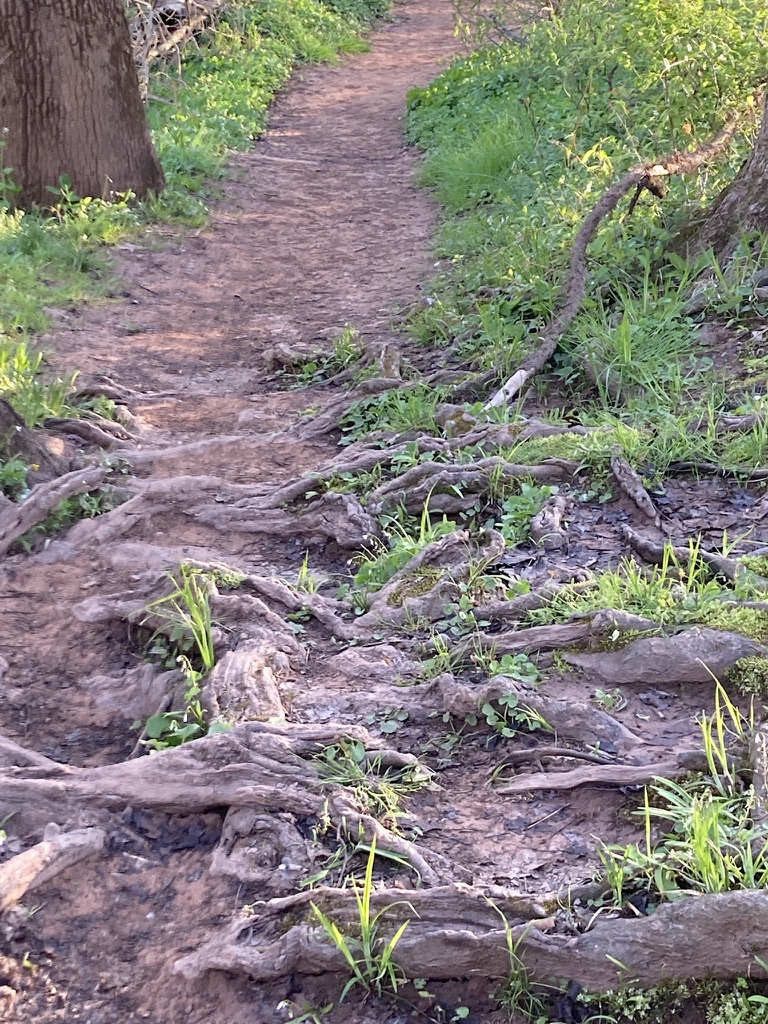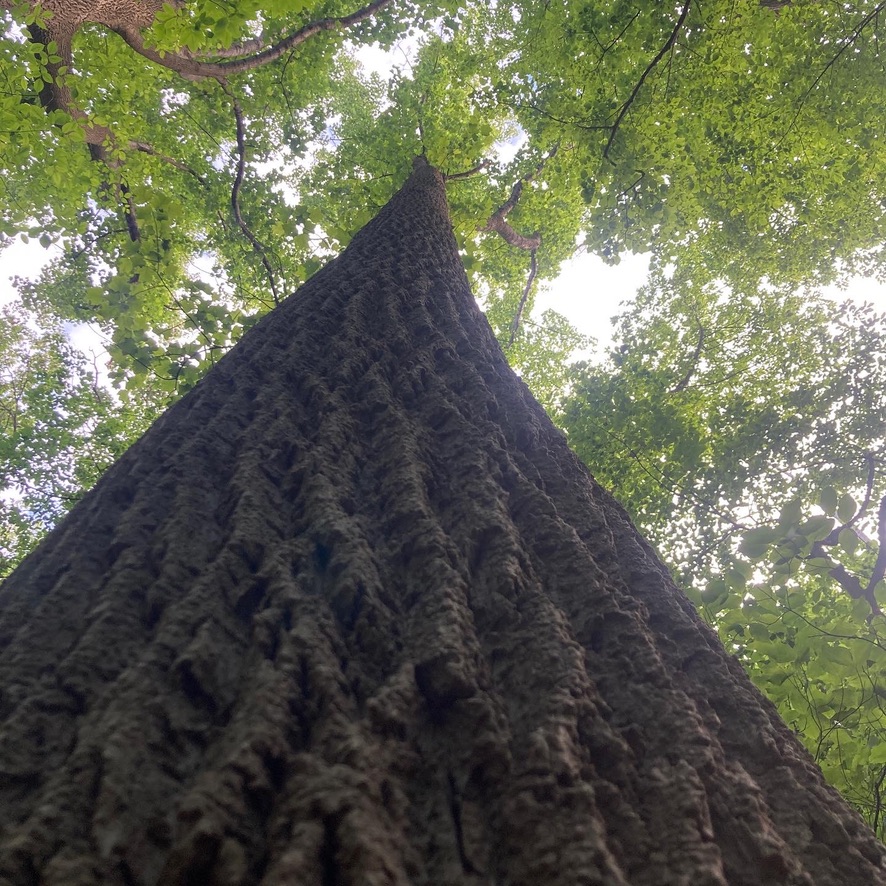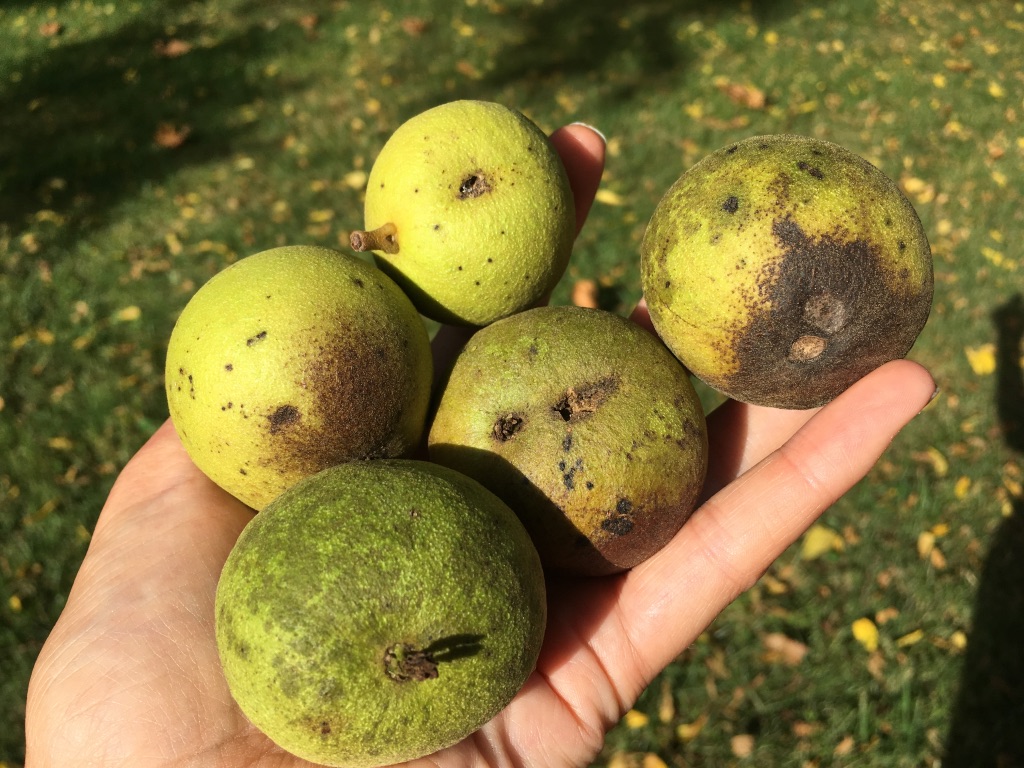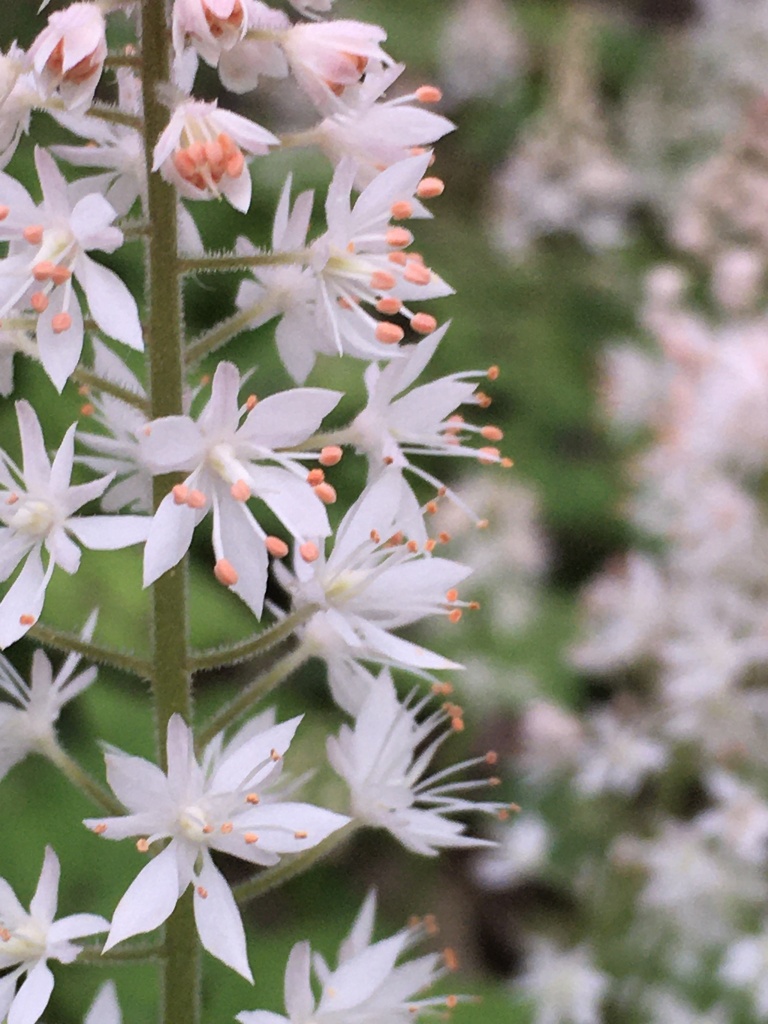
Many of us have large trees in our landscapes. Often people struggle with trying to maintain lawn grasses under them, with varying degrees of success.
This area can be considered a blank slate for a perennial planting full of seasonal interest.
There are some reasons why it is challenging to create a stunning garden beneath the foliage covered branches or our deciduous trees:
- Shade
- Dry
- Nutrient Competition
- Allelopathy
- Disturbance Tolerance
Shade:
Depending on the tree you are considering you may have full deep shade or dappled shade, either way you likely have full-shade conditions for most of the day, so shade-tolerant plants should be considered.

Dry:
You probably have ducked under the boughs of a tall tree when you’ve been caught unexpectedly in a rain shower and have stayed dry, this is because those leaves slow or stop rain from getting to the base of the tree. The leaves intercept the water causing it to drip and flow from leaf to leaf towards the edge of the drip line of the canopy where it falls to the soil, where the fine roots that absorb most of the water for the tree just happen to be. Some rain will run right down the trunk, and some of that is absorbed by the trunk. All of this evolutionary adaptation leads to some parched conditions at the base of the tree.
In addition to the leaves moving the water away from directly under the tree, tree roots will also compete for the little moisture under the tree.
Nutrient Competition:
Those roots are taking up minerals and water from the soil, the same minerals and water your shade garden may need. Plant selection will be key, you will likely need to incorporate plants that are not heavy feeders.

Allelopathy:
Positive identification of the tree you will be planting under is critical. Trees like Black Walnut exude naturally occurring chemical growth regulators that inhibit some plants from growing under them. Usually there are plants more sensitive to these chemicals than others so knowing your tree and knowing quite a bit about the plants you are planting under them is essential. Other trees known to exhibit allelopathic properties are: relatives of the Black Walnut such as Hickories and Pecans; Tree-Of-Heaven (which is one of the reasons it thrives); Sugar Maple; Hackberry; Sycamore; Red Oak; Black Locust; Sassafras and American Elm. So if you have tried to garden under a tree with little success check the ID of the tree and the tolerance of the plants you are planting.
Disturbance Tolerance:
Like humans, some trees tolerate disturbances better than others. Some do not like their roots disrupted at all and some can handle it just fine.
Trees that DO NOT LIKE their roots messed with include: Beech; Dogwood; Horsechestnuts; Cherry and Plum; Magnolias; Linden; Oak, Sugar Maple.
Disturbance occurs when you are prepping the site for planting. This can include:
- removing existing vegetation using mechanical or chemical methods
- loosening/prepping the soil
- planting the plants
What Do I Plant?

Now that you have all of that figured out you can start designing and planting. Our plugs are a great size for this type of planting, easily fitting in between roots with little disturbance.
Incorporating a variety of plants form the list below can give you a beautiful and diverse dry shade garden under your trees with year-long seasonal interest.
- Ferns – be sure to choose the ones that enjoy the dry shade like Lady Fern, Wood Fern, Hay Scented Fern and Christmas Fern
- Hostas – we don’t sell them but we know people love them
- Epimedium
- Saxifraga
- Solomon Seal
- Cimicifuga
- Asarum
- Chrysoganum – Green and Gold – late spring blooming groundcover
- Aster divaricatus – White Wood Aster – fall blooming groundcover
- Aster cordifolius – Blue Wood Aster – fall blooming goundcover
- Hellebore
- Dicentras – like the Fern Leaf Bleeding Heart
- Sedges (Carex sp) – so many to choose from! For dry shade try: Seersucker Sedge; Appalachian Sedge; Pennsylvania Sedge; White-Tinged Sedge; Blue Zinger Sedge; Catlin Sedge; Rosy Sedge;
- Foam Flowers
- Pulmonaria
- Heuchera
- Heucherella – The intergeneric hybrid between Heuchera and Tiarella known as Foamy Bells
- Wild Columbine
- Wild Geranium
- Bottlebrush Grass
